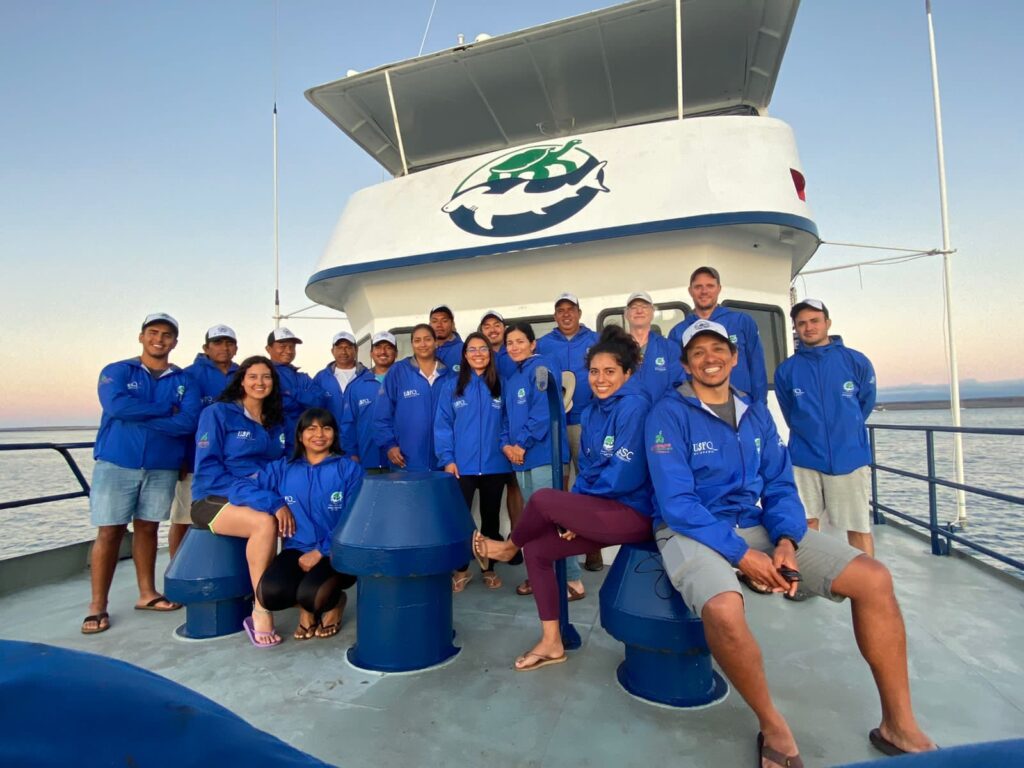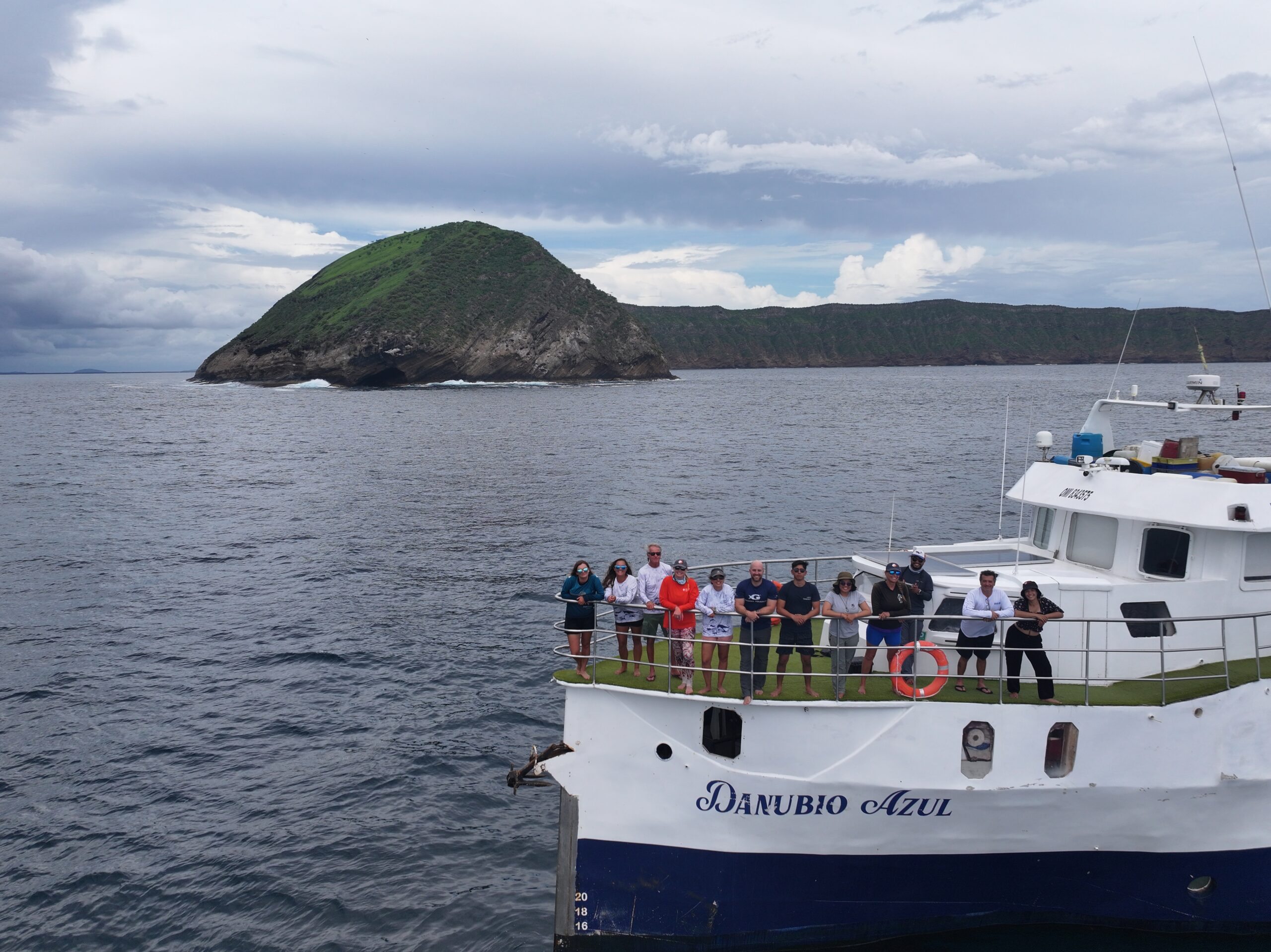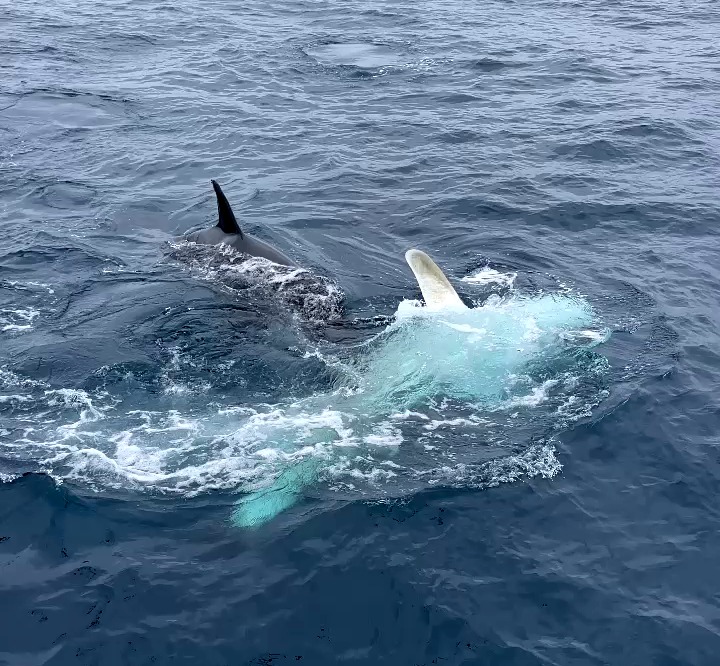Research team on the Sierra Negra boat. Photo by Andy Torres Angermeyer (Helmsman boat Sierra Negra – GNP)
Authors: Karina Vivanco and Victoria Castro
Edition: Diego Páez-Rosas and Adrián Marchetti
Edition: Kelly Weaver
The Galápagos Islands are famous for their biodiversity and have been the subject of scientific study since the time of Charles Darwin in the 1830s. This extraordinary biodiversity is due to their location at the convergence of three marine currents that create unique ecological conditions both within and outside the archipelago.
Since 2014, the Directorate of the Galapagos National Park (GNP), the Universidad San Francisco de Quito (USFQ), and the University of North Carolina at Chapel Hill (UNC) – through the Galapagos Science Center (GSC) – saw the necessity to generate a project that would allow them to navigate around the archipelago in order to obtain updated information on the population and health status of several emblematic species like sea lions, fur seals, marine iguanas and turtles, as well as the effects of climate variability within the Galapagos Marine Reserve (GMR). These research and scientific monitoring cruises have been carried out annually from 2014 to 2019, obtaining actual results on the adaptations these species acquire during and after warming periods such as El Niño. This climatic event is characterized by generating warming in the ocean that reduces the marine productivity of the region, producing conditions that lead to lower availability of food for marine/coastal consumers. “The El Niño events generate food stress in several of the emblematic species of the GMR, exposing them to mortality or changes in their ecological behavior,” according to Diego Páez-Rosas, GSC researcher and a professor at USFQ.
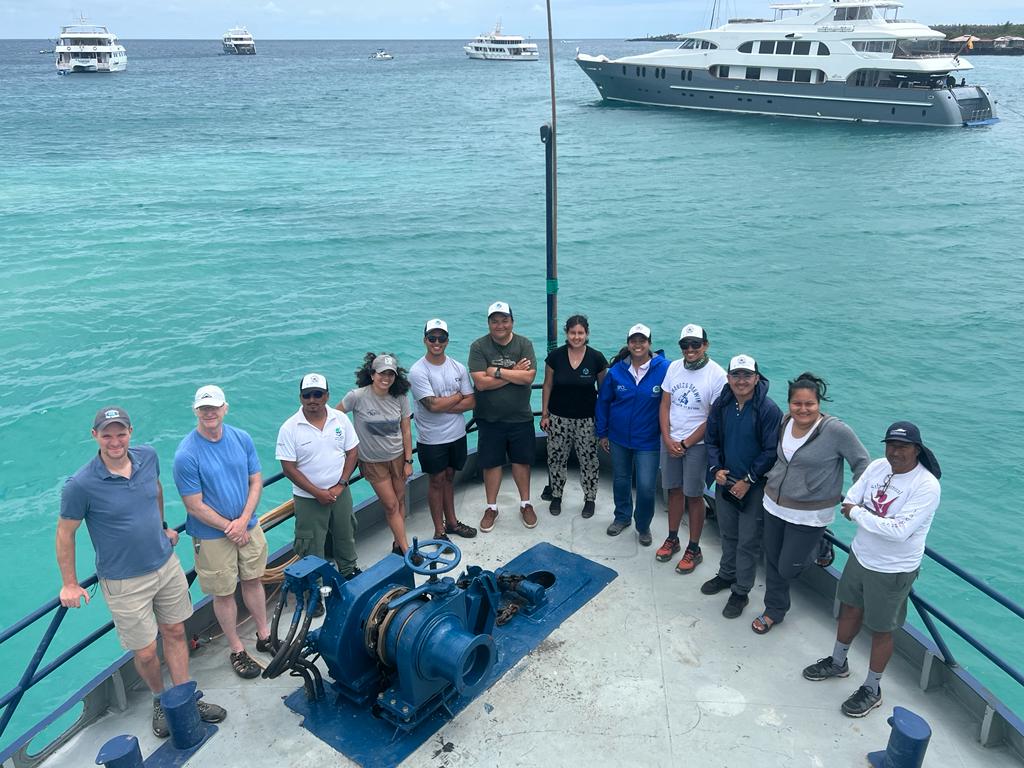
During the years 2020 and 2021, although the inter-institutional work was paused due to the COVID 19 pandemic, the GNP continued with the monitoring, generating valuable information for the management and conservation of this natural laboratory. The cooperative work between institutions and researchers allowed a new research and scientific monitoring expedition to be carried out at the end of 2022, using the same methodologies as in previous years, but this time under climatic conditions related to La Niña. “This is the opposite climatic event to El Niño, that is, the sea cools due to a greater amount of upwelling and there is speculated to be greater marine productivity, increasing the availability of food and providing more favorable conditions for several species. With cold water there are more nutrients, typically creating greater primary productivity, which in turn leads to a shift in dominant phytoplankton from smaller species to larger ones,” adds Adrian Marchetti, GSC researcher and a professor at UNC.
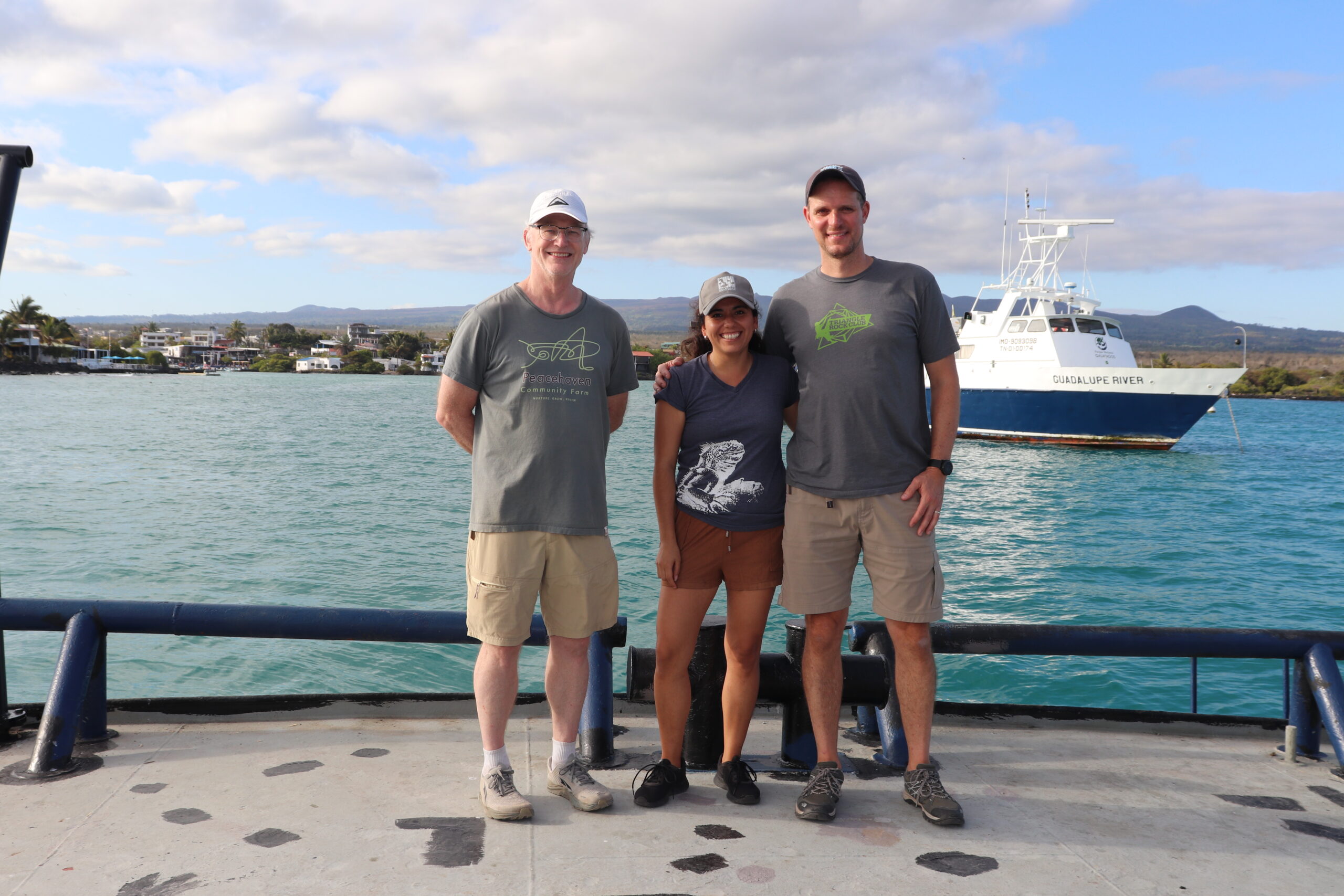
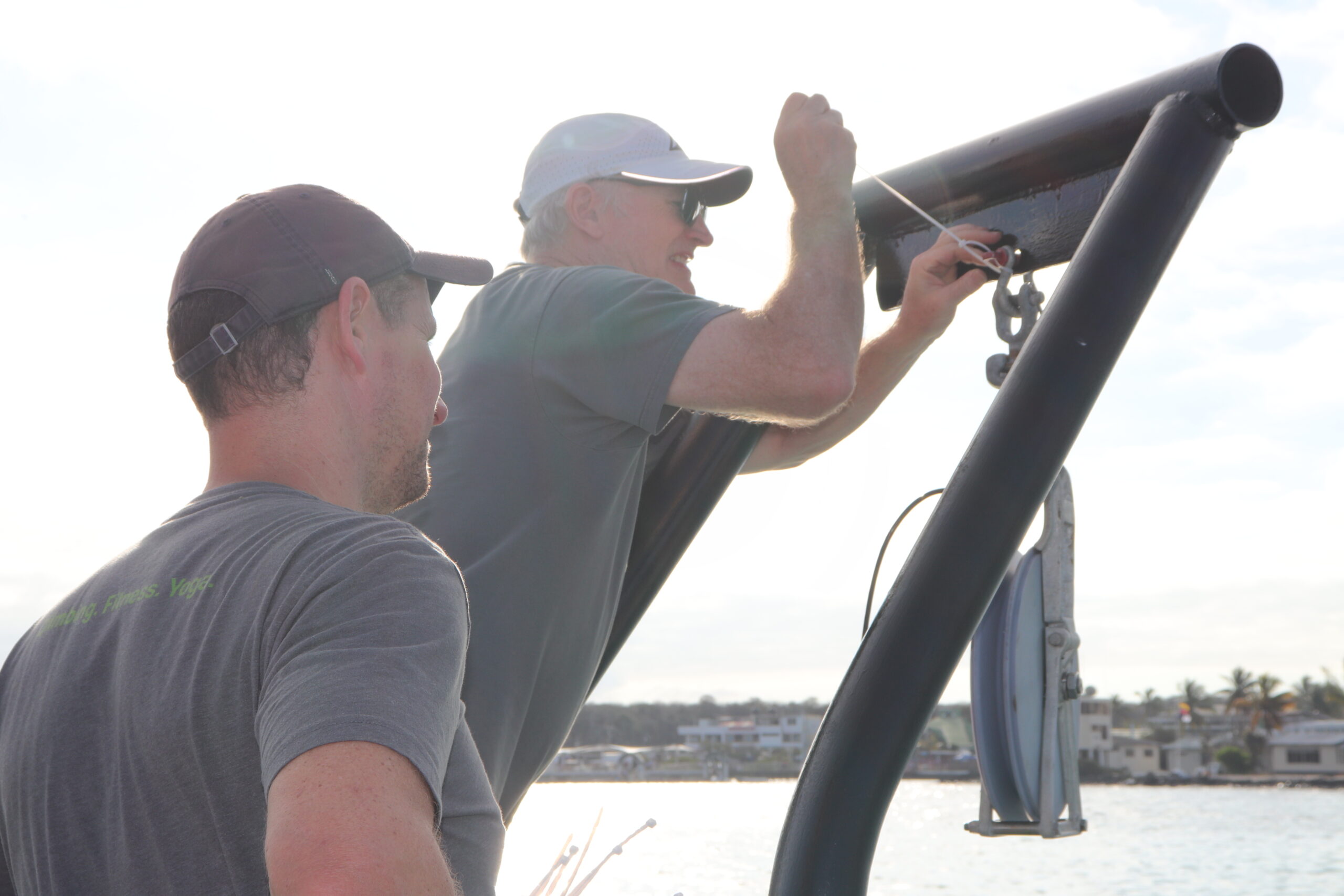
In November 2022, a team of 12 researchers from USFQ, UNC, and GNP, together with 8 crew members from the Sierra Negra vessel, traveled for 16 days to a total of 14 islands and 30 specific sites, distributed around the GMR.
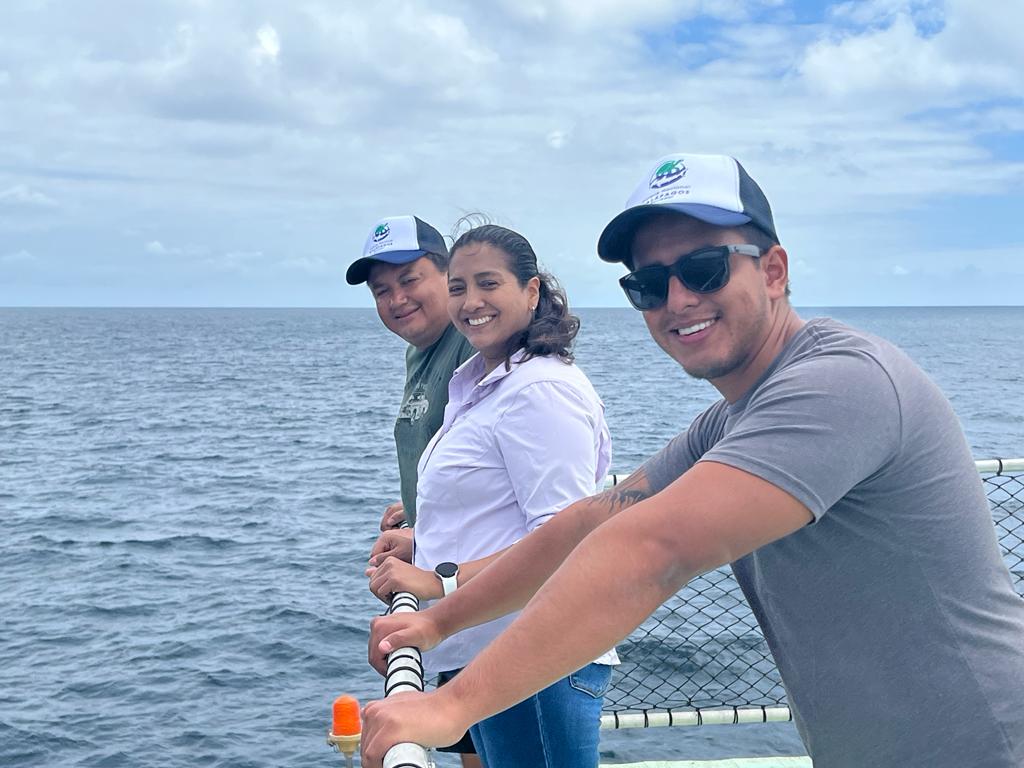
The research effort consisted of covering the following objectives: measure numerous oceanographic parameters, such as temperature, salinity, nutrient concentrations, primary productivity and plankton community composition, that could be impacted by the La Niña conditions; monitor the emblematic species of Galápagos, including sea lions, fur seals, iguanas, and marine turtles; and evaluate the impact of plastic and microplastic on the marine environment. This information will be used by researchers and the GNP team to understand the health status of several of these species – considered bioindicators of the ecosystem – in order to evaluate the effects of climate change on the Galapagos ecosystems and potentially help with decision-making on how to preserve the Galapagos Marine Reserve.
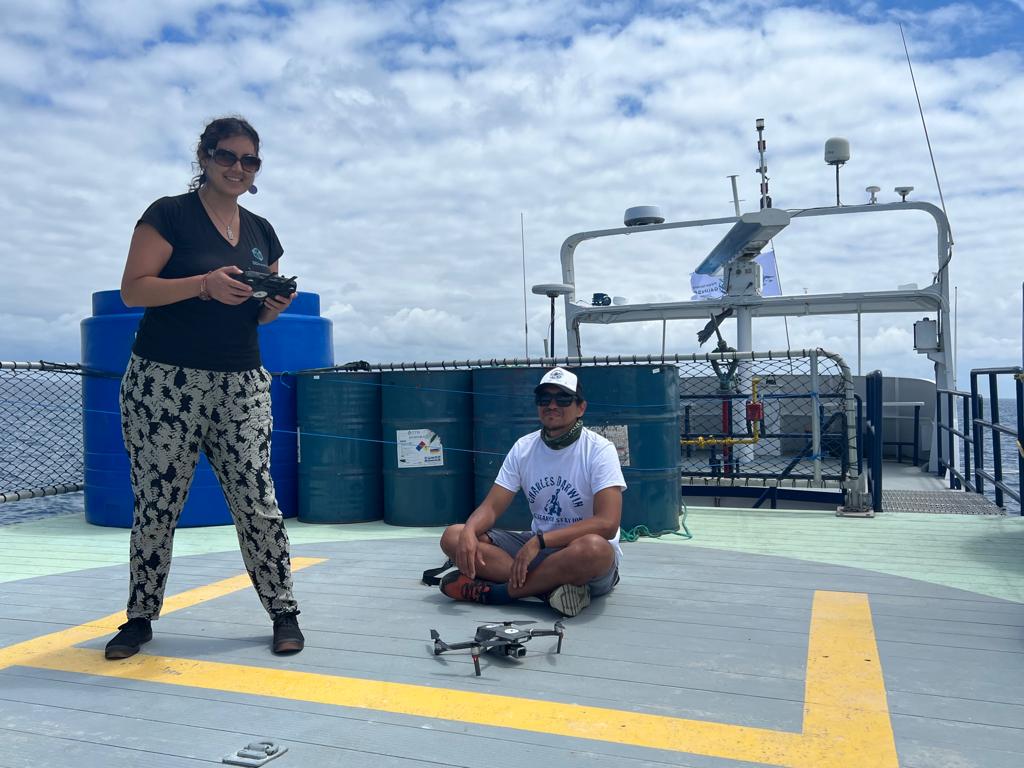
In order to capture this valuable data during the expedition, the research team used innovative methodologies and techniques, such as population monitoring using drones. “Because access to the reproductive colonies of marine iguanas is very difficult and sometimes impossible, the idea of covering these areas with an aerial view is an opportunity to generate more information,” comments Jennifer Suárez Moncada, a technician – park ranger at GNP.
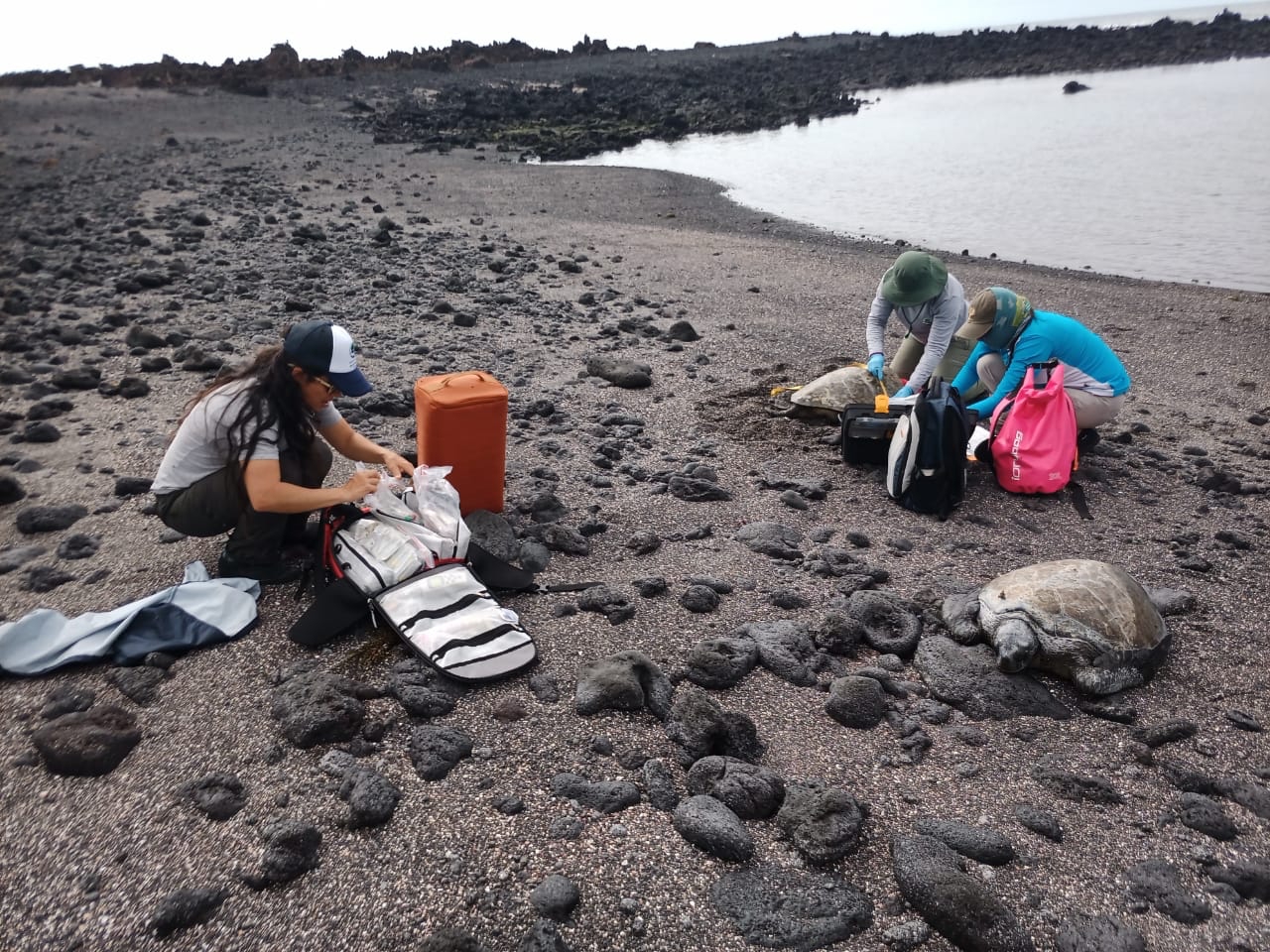
Following the expedition, scientists returned to their respective universities and are working in their laboratories analyzing the data to create scientific information that will be delivered to the GNP and presented to the world in the form of scientific articles that are expected to be published in 2023. Some of the preliminary results include determinations that the ocean water was colder than in previous years, with a temperature range several degrees below the average for that time of year, as well as an increase of sea lion and fur seals population, with a higher number of offspring on the Islands of San Cristobal, Floreana, Fernandina, and Isabela. Additionally, the marine iguana census registered a total of approximately 36,000 individuals, of which the health status of 70 specimens was monitored showing that the animals are healthy.
General Details: The 2022 research and scientific monitoring cruise was a joint effort of the Directorate of the Galapagos National Park (DPNG), the University of San Francisco de Quito (USFQ), and the University of North Carolina at Chapel Hill (UNC); and was financed by the Galapagos Science Center (GSC) and the Galapagos Conservancy (GC).
Responsible for the Galapagos Pinniped Monitoring Project: Dr. Diego Páez-Rosas and Dr. Marjorie Riofrío-Lazo, USFQ professors, and GSC researchers.
Responsible for the Oceanographic Monitoring Project: Dr. Adrián Marchetti and Dr. Harvey Seim, UNC professors, and GSC researchers.
Responsible for the Marine Iguanas and Turtles Monitoring Project: Biologist. Jennifer Suárez and Dr. Andrea Loyola, DPNG park ranger.
General Details: The 2022 research and scientific monitoring cruise was a joint effort of the Directorate of the Galapagos National Park (DPNG), the University of San Francisco de Quito (USFQ), and the University of North Carolina at Chapel Hill (UNC); and was financed by the Galapagos Science Center (GSC) and the Galapagos Conservancy (GC).
Responsible for the Galapagos Pinniped Monitoring Project: Dr. Diego Páez-Rosas and Dr. Marjorie Riofrío-Lazo, USFQ professors, and GSC researchers.
Responsible for the Oceanographic Monitoring Project: Dr. Adrián Marchetti and Dr. Harvey Seim, UNC professors, and GSC researchers.
Responsible for the Marine Iguanas and Turtles Monitoring Project: Biologist. Jennifer Suárez and Dr. Andrea Loyola, DPNG park ranger.

